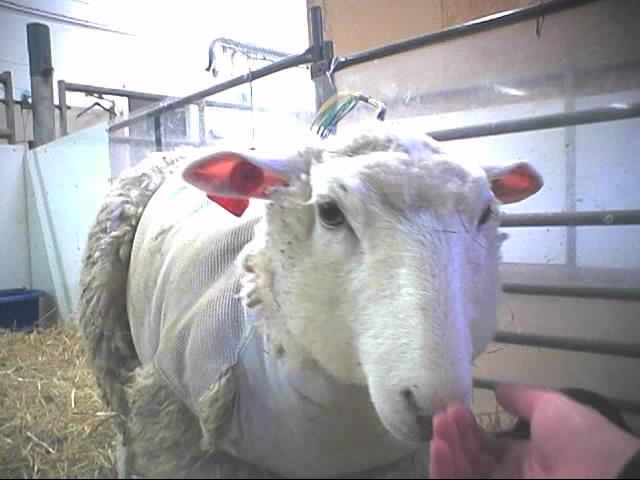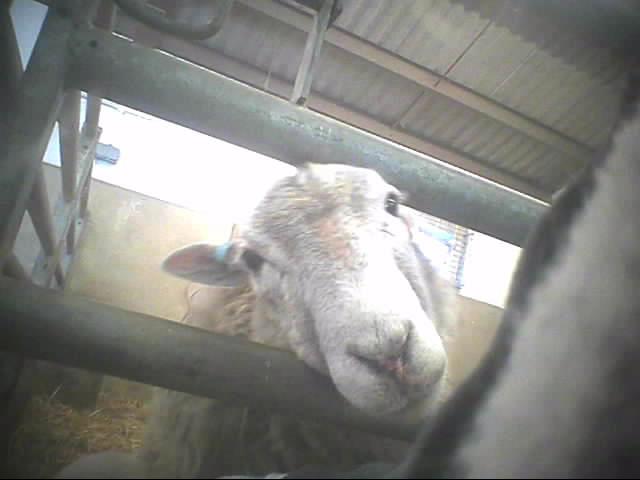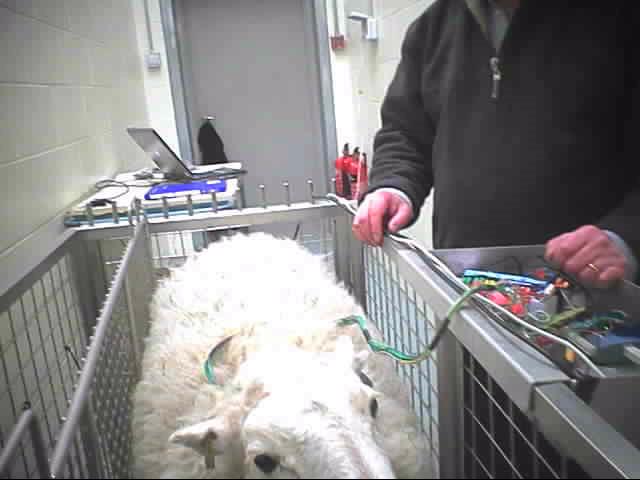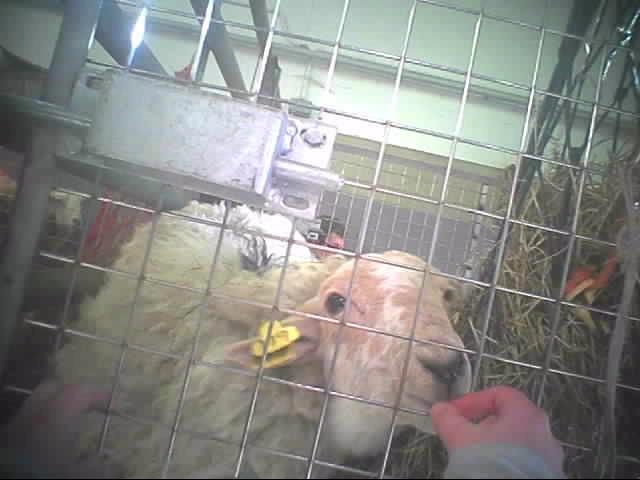Our investigation exposes the cruel use of sheep in experiments
A Cruelty Free International undercover investigation at the University of Cambridge has revealed the use of sheep for research into neurological disorders, including Batten disease and Huntington’s disease.
WARNING video contains footage that some viewers may find upsetting
Key findings
Researchers were importing sheep with a genetic mutation all the way from New Zealand. They believe the mutation they have is similar to that seen in human Batten disease.
Batten disease is a rare genetic disease. The main genetic mutation causing Batten disease in humans is not found in sheep and the animals suffer from a condition that mimics only some of the abnormalities seen in people with Batten disease. There are also structural differences between the human and sheep form of the disease as well as critically important distinctions including the pathological changes found in sheep which are different to the corresponding disease in humans. Any subsequent results from the sheep research cannot, therefore, be safely and reliably extrapolated to humans. Indeed, the principal purpose of the research appears to be for Huntington’s disease, a very different condition. Extrapolation will therefore be even more difficult.
The sheep, imported from New Zealand, suffered greatly, in particular experiencing eyesight loss and disorientation. As their condition worsened they struggled to walk in a straight line and would bang their heads into stationary objects. They experienced weight loss and strange head movements.
Some sheep had invasive implants surgically implanted into their brains. The implant caused a large head wound, which if the sheep knocked their heads could worsen. Packs connected to the implant recorded brain activity for 24 hours. The sheep were kept in this facility undergoing behavioural tests and monitored as their condition deteriorated until they died or were killed.
Among the incidents we uncovered:
- One sheep would not go into a ‘crush cage’ for weighing. A staff member became impatient and rammed her in. The sheep’s leg became stuck and broke. The animal had to be euthanased.
- Another sheep named Jane was killed because she had a faulty implant.
- One sheep called Janet suffered severe weight loss and became virtually blind. She was eventually killed because of her suffering.
What happened next?
Our investigation was reported in the Sunday Mirror and the Daily Mail.
The university investigated and gave a public, detailed response. Whilst refuting most of our allegations and minimising the suffering experienced by sheep such as Jane and Janet, they did admit that chickens had died overnight in a faulty isolator unit and that there had been an ‘incident’ with a sheep in which her leg has been broken. The technician has been issued with a written warning. They also admitted that several sheep had been found dead in the morning after suffering from pneumonia.
The Home Office also investigated the department and supported the university’s arguments. The incident with the broken leg was apparently outside their remit.
The researchers continue to experiment on Huntington’s sheep.






